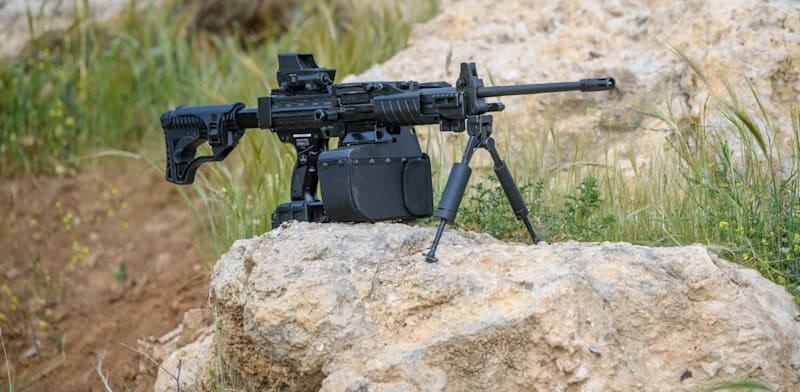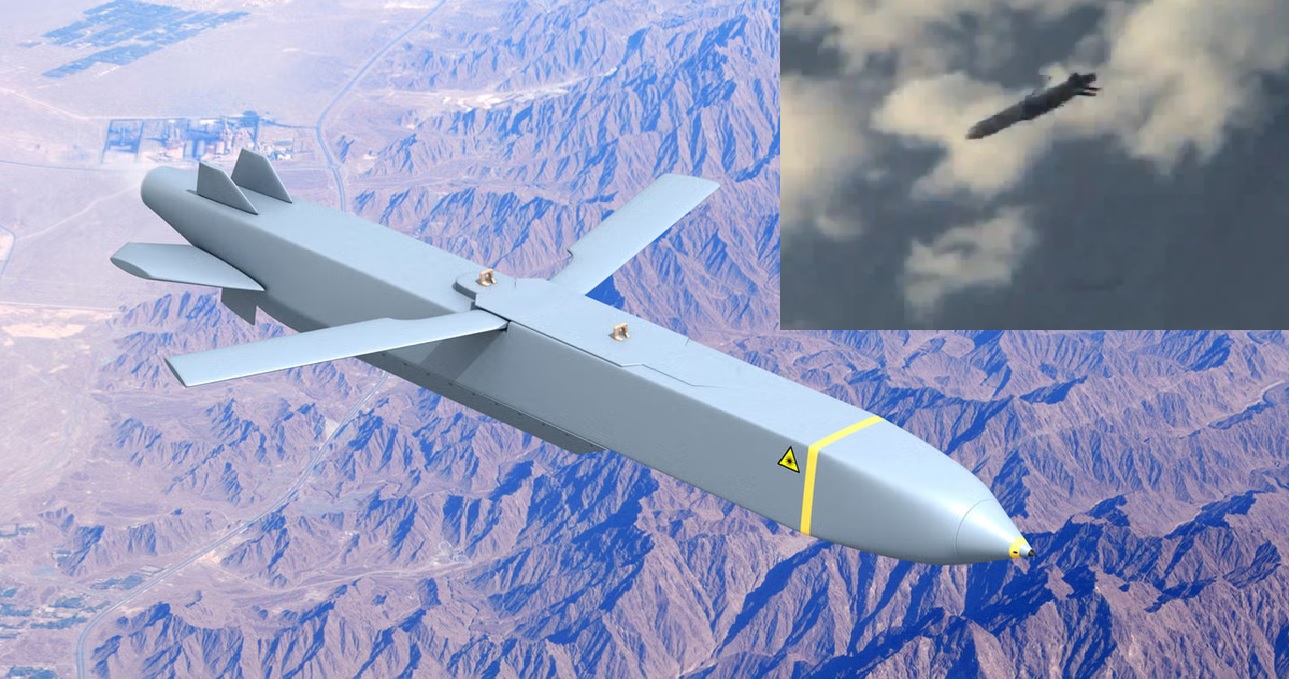US Army Tests New Ground Transport Drone for Airdrop at Fort Liberty

Defense News -
The latest ground transport drone from the US Army underwent a trial in a
low-velocity airdrop at the Fort Liberty Normandy Drop Zone in North
Carolina. Conducted under the guidance of experts from the Airborne and
Special Operations Test Directorate, the test encompassed diverse
scenarios aimed at evaluating the ground impact tolerance of the Small
Multipurpose Equipment Transport (S-MET) during low-velocity airdrops.
The
primary function of the S-MET is to support the logistical requirements
of Infantry Brigade Combat Teams by transporting modular payloads,
mission-critical equipment, and various supplies. Throughout the
demonstration, the S-MET successfully executed multiple low-velocity
airdrop iterations and demonstrated corresponding maneuvers feasible in
an active battlefield setting.
Valuable information and feedback
gathered during the trial will play a pivotal role in informing US Army
leaders decisions regarding drone airdrop deployments and product
enhancements. Prior to the evaluation at Fort Liberty, personnel
underwent training on the robotic platform instrumentation, controls,
and tactical operation instructions.
The S-MET drone, designed
for internal resupply operations, boasts an operational capacity of up
to 72 hours and a range of 60 miles (96.5 kilometers) when accompanying a
small warfighter unit. It relies on 1 to 3 kilowatts of power supplied
by a battery that can charge on the move and has an impressive cargo
capacity of 2,500 pounds (1,133 kilograms).
According to Jacob
Boll from the Airborne and Special Operations Test Directorate, the
S-MET provides small, dismounted units with the capability to generate
power for organic electronic systems. He highlighted that the drone
effectively reduces physical burdens while operating in dispersed and
decentralized forces in challenging environments for extended periods.
The
focus of the testing was on evaluating the operational effectiveness
and suitability of the S-MET for low-velocity airdrop operations.
Soldiers involved in the trial witnessed the S-METs prowess in
negotiating operationally relevant terrain profiles.


